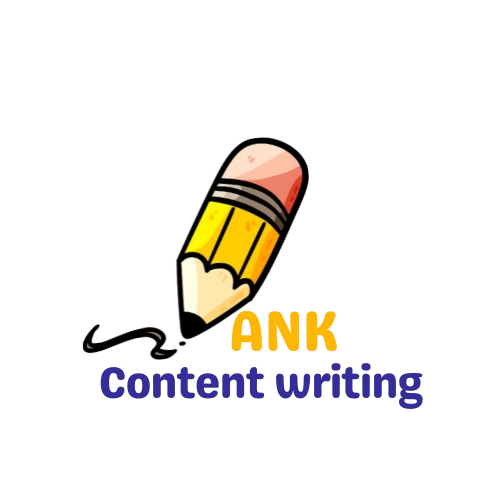
Have you noticed how Google now gives you direct answers right at the top of the search results — often with summaries, AI overviews, and suggested follow-ups?
That’s not just SEO at work. That’s AEO — Answer Engine Optimization.
If you’re a content writer, marketer, or business owner trying to get more visibility on Google in 2025, you need to understand how AEO and SEO work together
In this blog, we’ll break it down simply:
-
-
- What is AEO?
- AEO vs SEO: What’s the difference?
- A real-life example of AEO
- How to optimize your content for AEO
- Final tips to stay ahead in the AI-powered search world
-
What is AEO?
AEO stands for Answer Engine Optimization. AEO is about helping search engines clearly understand and answer the user’s question.
Think of AEO as writing content that answers questions directly, so tools like Google’s AI Overview, voice assistants (like Siri or Google Assistant), and featured snippets can pick your content as the best answer.
AEO vs SEO: What’s the Difference?

In short: SEO gets you found. AEO gets you featured.
Example of AEO
Let’s say you have a blog post titled:
“10 Benefits of Drinking Warm Water in the Morning”
If your content is written in a way that gives a clear, direct answer to the user’s question right at the beginning, such as:
“Drinking warm water in the morning helps with digestion, boosts metabolism, and flushes out toxins from the body.”
And then you follow up with structured, easy-to-read points like:
-
-
- Improves digestion
- Aids in weight loss
- Enhances blood circulation
- Relieves nasal congestion
- Promotes healthy skin
-
…and so on, Google’s AI Overview may pick this up and show it directly in the search result as an answer.
If you also add an FAQ section at the end of your blog, like:
Q: What happens if I drink warm water every day?
A: It can help improve digestion, keep your body hydrated, and support weight loss.
Now, you’ve made it easy for Google’s AI to extract and display your content as a direct answer that’s AEO in action.
How to Optimize for AEO in 2025?
Here are 5 simple tips to optimize your content for Answer Engine Optimization:
1. Answer the question clearly — in the first few lines
Write the most direct and helpful answer upfront. For example:
Question: What is the best time to drink water?
Answer: The best time to drink water is in the morning, before meals, and before sleep.
2. Use question-based headings
Use H2 and H3 tags with questions people search, like:
-
-
- What is the benefit of AEO?
- How does AEO help in SEO?
-
You can find real questions using:
-
-
- Google’s “People Also Ask” section ChatGPT
- FalconRank.ai (to discover trending AI queries)
-
3. Add FAQs at the end of every blog
This helps Google pick your answers for its “People Also Ask” and AI overview sections.
4. Use Schema Markup
Use structured data (FAQ Schema, HowTo Schema) so that Google understands your content better.
You can use tools like:
-
-
- Rank math (WordPress plugin)
- Schema Markup Generator (technical, but helpful)
-
5. Write naturally, but with clarity
Google’s AI is trained to detect human-like answers. Don’t overstuff keywords. Focus on clarity and usefulness
Final Thoughts: AEO is the Future of Search
As Google moves from Search Engine to Answer Engine, your content must evolve too.
SEO brings you to the stage. AEO gives you the mic.
So, the next time you create content, don’t just ask:“How can I rank?”
Ask: “How can I answer this better than anyone else?”
💬 Bonus Tip:
Want to know what people are asking in Google’s AI overview?
👉 Go to FalconRank.ai and search what people are searching in ChatGPT or AI tools — and turn those questions into content.
